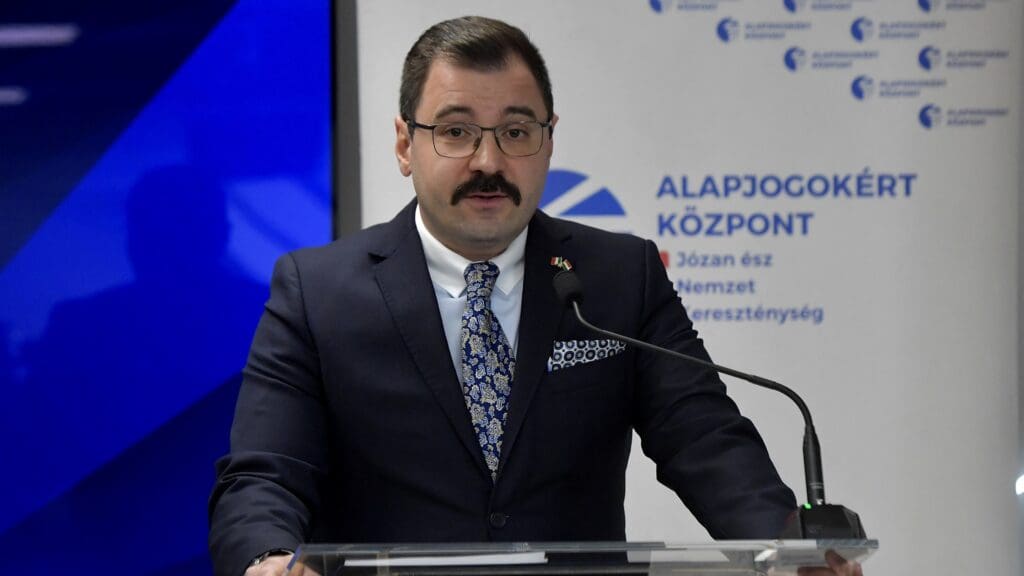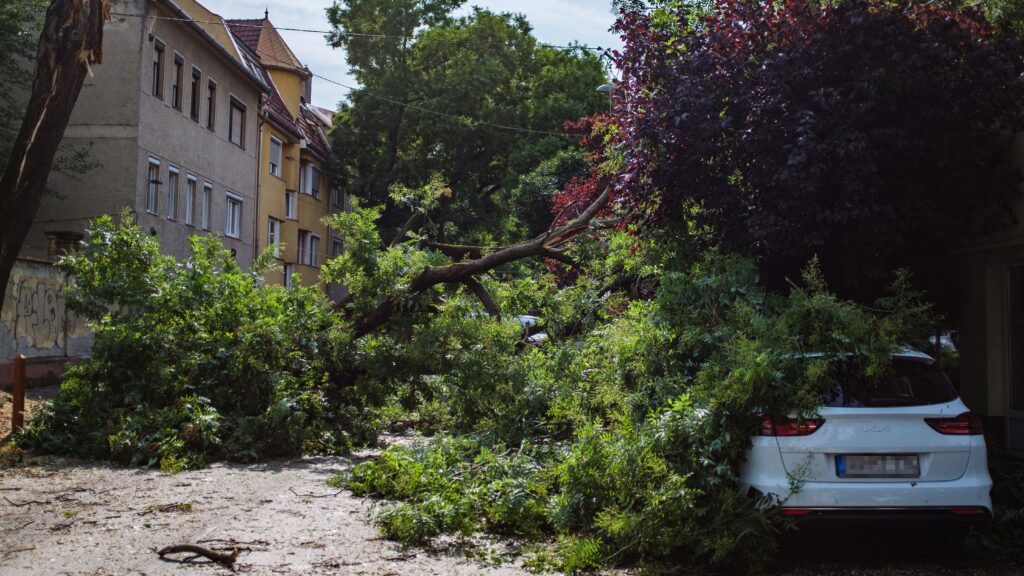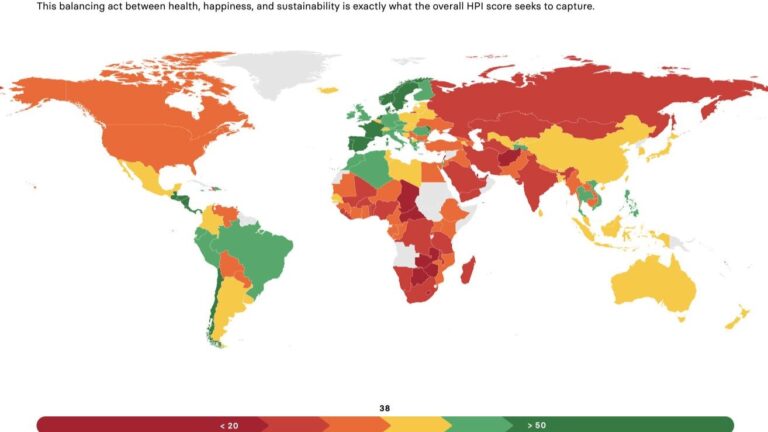Hungarian historian, author and public intellectual Áron Máthé, a historian Hungarian Conservative interviewed earlier this year, has published an insightful book on Ukraine as seen from Hungary. The work titled The Ukrainian Puzzle — Hungary’s Perspective on a Changing Neighbour, published by the Center for Fundamental Rights (Alapjogokért Központ) consists of three parts: a foreword, a concise historical overview of Hungarian–Ukrainian relations in the 20th century, and last but not the least, the chapter titled ‘White paper (1991–2022)’. The latter section serves as the main focus of the book, aiming to argue in favour of ‘Hungary’s pro-peace foreign policy position’ in relations to its eastern neighbour. According to the author, this stance has been the same ever since the 1990s, and continues to be the main determining factor of the Hungarian perspective on Ukraine even today. Máthé suggests that what Hungary has been trying to achieve is essentially just good neighbourly relations.
In the foreword, the author highlights the main goal of the book by stating the following:
‘It is our hope that this book, a reflection of three decades of coexistence, will somewhat contribute to the Ukrainian political and opinion-forming classes reaching the conclusion that Hungary is no enemy. In fact, the volume may also contribute to understanding that peaceful coexistence requires two parties. On the other hand, the factual material gathered may also offer answer to concerns troubling certain segments of international public opinion.’
The author embarks on achieving this goal by starting with a historic overview of Ukrainian–Hungarian relations. He does not go back far in time and chooses not to focus on the rich interactions that occurred for instance between medieval Hungarian and Eastern Slavic entities. The word ‘Ukrainian’ is not easily applicable to any of the latter, and the author indirectly admits that by stating that ‘Ukrainian national awakening had its beginnings in the 17th century’. In any case, the author wisely decides to focus on the events of the 20th century, as the contemporary political developments had their roots primarily in that era.
The depth of analysis in this chapter is worth praising. Máthé uses not just Hungarian, but also foreign historical sources, revealing interesting details that are not widely known today. For instance, there is little awareness internationally of the fact that that Hungary was the third country to recognise Ukraine as an independent state after Poland and Canada. What is even less known is that even prior to its independence, Hungarian officials established contacts with the Ukrainian SSR, bypassing the Soviet Union,
essentially treating Ukraine with respect and as an independent, self-sufficient state.
Then comes the main chapter ‘White paper: 1991-2022’, showcasing Hungarian-Ukrainian relations of the post-socialist era. The author shows that Hungary has been helping Ukraine, and 4 main channels of help can be identified on the Hungarian side: help in Ukrainian representation in Euro-Atlantic organizations, medical shipments, assistance in mitigating repercussions of natural disasters, and also financial aid to Transcarpathia, where a significant Hungarian minority resides. This friendly Hungarian perspective is explained by the fact that Ukraine’s 150000 population living in Transcarpathia, and Hungary thinks that providing aid to Ukraine equals helping these Ukrainian Hungarians in improving the quality of their live.
However, the main issues with the book can be observed in this very chapter. The chapter, in the words of the author, is ‘largely based on a selection of reports by the Hungarian News Agency Corporation (MTI)… ’. And it indeed looks like just that—an aggregation of media reports, with, unfortunately, no analytical remarks to accompany it, which makes it resemble an online news feed. The other, much bigger part of the problem is that it is very common, and a very justified approach, not to trust media in research. And while it does not mean that MTI sources are wrong or necessarily biased, the situation is complicated by the problem that Áron Máthé himself acknowledges: ‘There is a perception in both Ukraine and Hungary, fuelled by atrocious reporting in the major liberal international media, that the two countries are hostile to each other’, which is true: it is a very popular lie that many today unfortunately fall for. However, the question arises—if many are already hold a strong negative bias towards Hungary, will they, whom the work is supposed to address, believe a paper
the methodology of which is based solely on reporting by the Hungarian state news agency?
In the second chapter, the selected MTI news items are about Hungarian–Ukrainian acts of diplomacy, letters, Hungarian financial aid, budget allocations to Transcarpathia, Ukrainian anti-minority language laws—again, without any analysis or explanation. It would definitely have been a better approach to reference all of those events and interactions first-hand, to better support the narrative of the book. Due to the absence of analytical remarks, it remains unclear why Ukraine is described as ‘a changing neighbour’ and what is exactly meant by that. Including at least some facets of the Ukrainian perspective and elaborating on Ukraine’s internal changes would have been helpful. The lack of the analytical touch, and, more importantly, a limited and questionable choice of sources when many more, conventional ones are in fact available, are, unfortunately, a significant weakness of the book.
The main idea behind The Ukrainian Puzzle, however, is hardly debatable.
Hungary, although wisely abstaining from the conflict, as getting involved in the fighting would have drastic consequences for a small country, has nonetheless helped Ukraine in many ways. It has supported almost all EU sanctions, with the exception of the ones hitting Hungarian interests directly, and has always advocated for Ukraine’s territorial integrity. Before, it also allocated aid to Transcarpathia, established many cultural programmes for Ukrainian citizens (for example, Ukraine was the second country in Europe where the Stipendium Hungaricum programme was launched), and assisted Ukraine in its integration into Western institutions. This same pattern can also be observed in the cases of Romania and Serbia, where a significant Hungarian minority resides, the connections with which Hungary tries to strengthen by helping the countries of their residence. Building on the current version of the book as a basis, let’s hope the author will produce a next version that will address the present shortcomings, and which will even more forcefully attempt to dispel the popular misconception that Hungary is an enemy to Ukraine.
Related articles:








